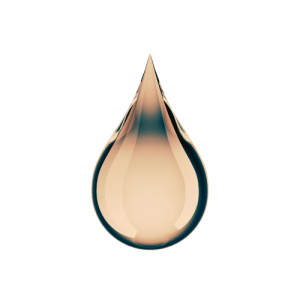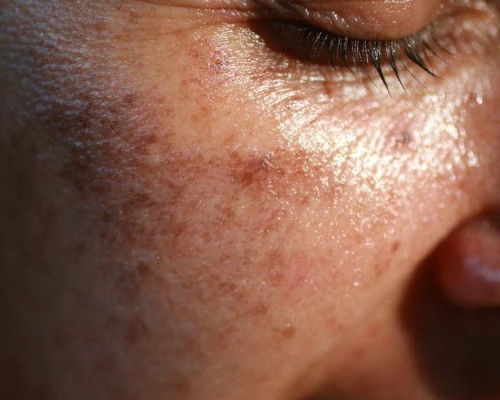In the deeper layers of the skin, melanocytes (special pigment-producing cells) get to work when stimulated by factors like UV exposure, trauma, or inflammation. These cells produce tyrosinase, a key enzyme that converts the amino acid tyrosine into melanin.
The melanin pigment is synthesized within melanosomes, small organelles within melanocytes. Two main types of melanin form:
There are 3 main types of hyperpigmentation. These are –
Sun/Age spots – Triggered by sun exposure. These are usually small dark brown/dark spots on areas on the body usually exposed to the sun such as face, neck, hands and arms.
Melasma – These are usually large patches/areas on the skin (usually the face); triggered by fluctuating hormone levels such as pregnancy and oral contraceptives.
PIH (Post Inflammatory Hyperpigmentation) – Most notably, the most common form of pigmentation. PIH is triggered by inflammation. Inflammation from skin conditions/injuries such as acne, atopic/contact dermatitis and burns/injuries to the surface of the skin. These result in areas of discoloration left behind by the injury after it heals.

TREATMENTS
Multiple approaches should always be adopted when treating hyperpigmentation.
Protecting the skin from sun exposure with daily SPF application is a must. This should ALWAYS be your first line of defence when treating any sort of pigmentation.
Re-application is advised if sun exposure is unavoidable. Try wearing hats, sunglasses and other protective clothing that may help limit sun exposure.
Avoid picking scabs, spots and any form of skin injury to try and prevent/make your pigmentation worse.
Effective topical treatments with actives targeted at blocking the melanogenesis process/pigmentation pathway at multiple levels should be incorporated into your daily skincare routine; as this will always make the biggest impact.
Tyrosinase Inhibitors: Ingredients like alpha arbutin, niacinamide, and azelaic acid block melanin overproduction.
Retinoids & Chemical Exfoliants: Promote skin cell turnover to fade dark spots.
Vitamin C: A powerful antioxidant can help to brighten and even skin tone.
Antioxidants: Helps protect agaisnt UV damage and reverses key signs of photo-damaged skin.
Shop our pigmentation range below
Formula 2|v.8 Acid Resurfacing Serum
Formula 3|v.13 Clarifying Treatment Concentrate
Formula 4|v.7 Vitamin C AOX Network


